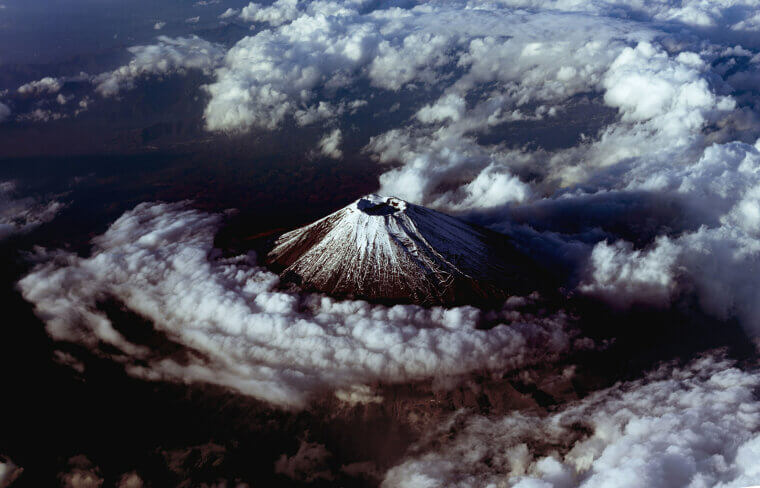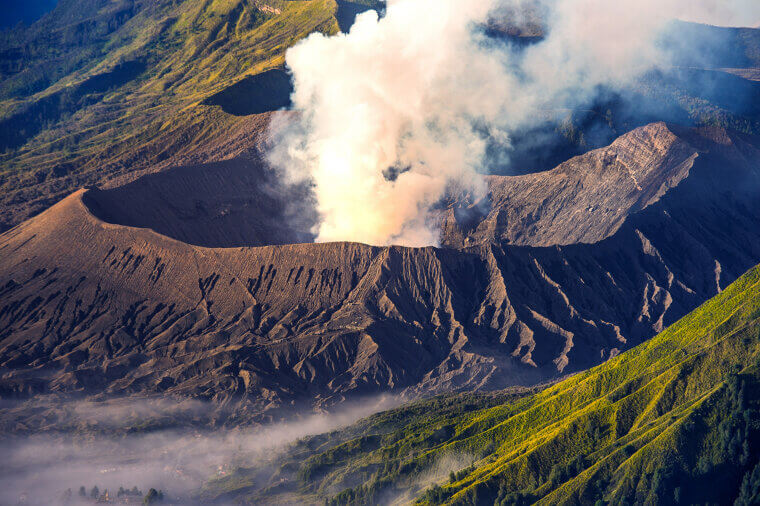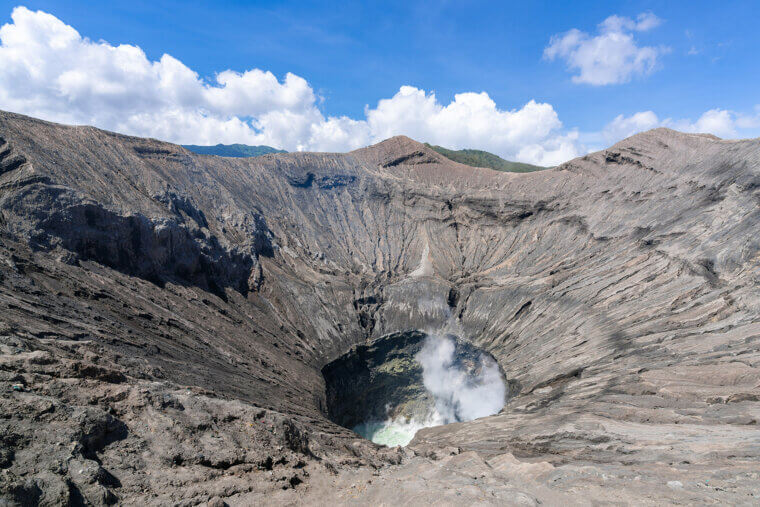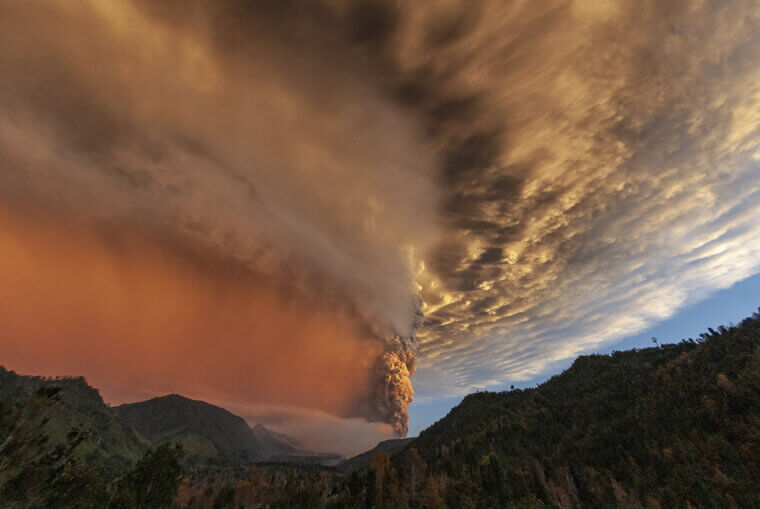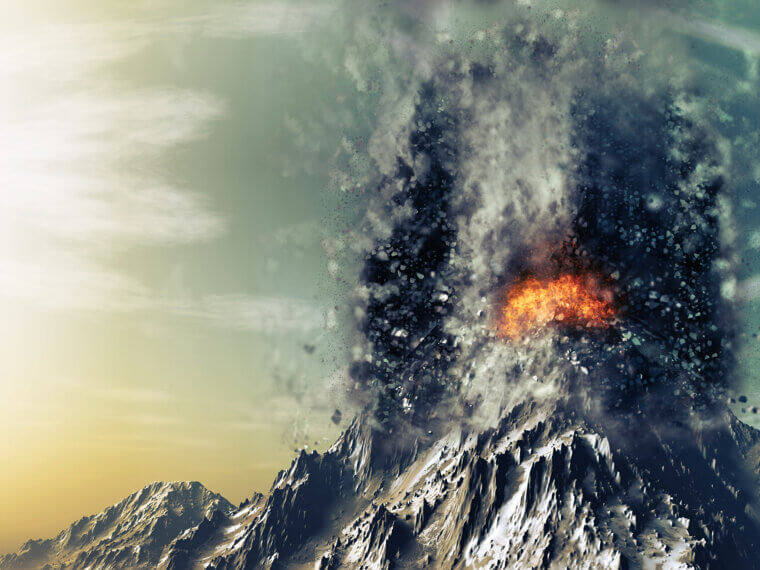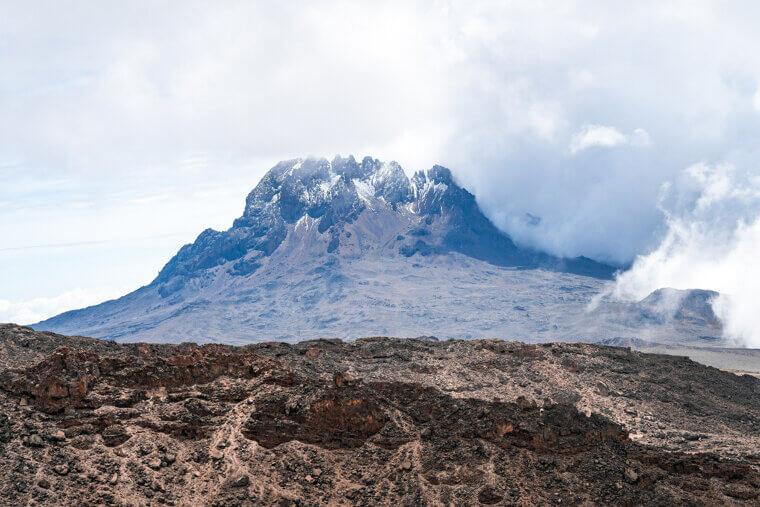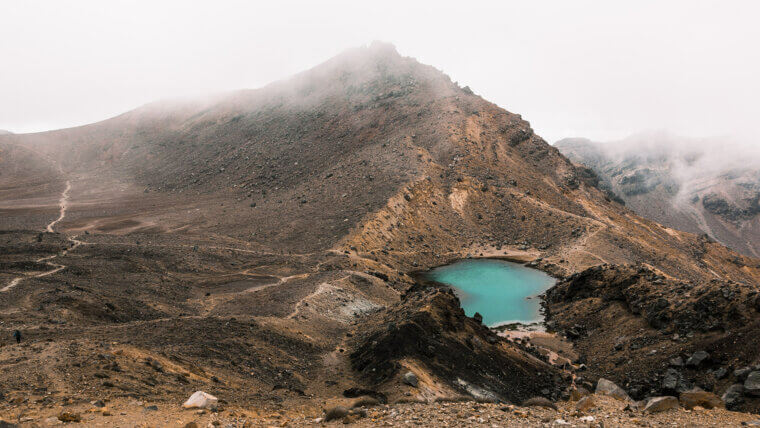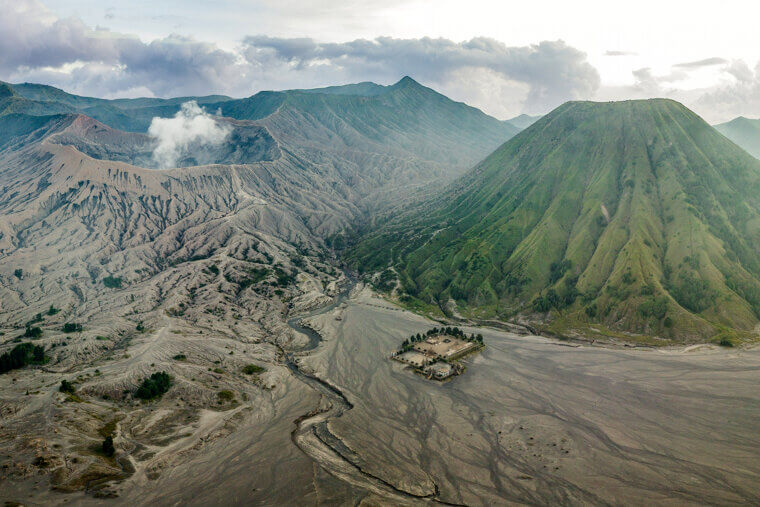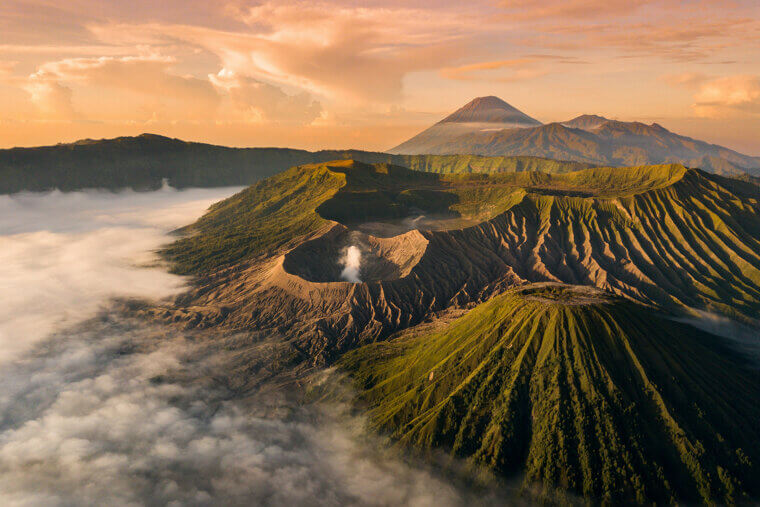La Garita Caldera, USA
La Garita’s Fish Canyon Tuff is geology’s mic drop: a VEI‑8 supereruption about 27.8 million years ago in Colorado’s San Juans. Pyroclastic flows blasted across mountains, welding into tuff that still armors ridgelines. No humans witnessed it, but ash and aerosols likely dimmed skies on a planetary scale. Today the Creede–La Garita caldera remnants and widespread welded tuffs read like a field guide to outsized explosions. Practical takeaway for modern planners: Rocks keep receipts, and those receipts suggest preparing for low-probability, high-impact events with patient monitoring and robust building codes.
Toba, Indonesia
Toba’s supereruption in Sumatra, roughly 74,000 years ago, ranks with Earth’s biggest at VEI 8. The blast excavated a vast caldera, now filled by Lake Toba, while ash and sulfate reached the stratosphere, cooling the climate for a time. Humans were around, and debates continue over how much populations were squeezed, but the footprint is undeniable. Resurgent domes and tuffs sketch the aftermath in stone. Lesson with a modern bite: Giant eruptions can steer the climate; interpreting human impacts requires humility, solid data, and models that don’t panic at big, messy signals.
Yellowstone (Huckleberry Ridge), USA
Yellowstone’s Huckleberry Ridge event, the oldest of the hotspot’s three giants, erupted about 2.08 million years ago at VEI 8. Picture sky‑piercing Plinian columns, plateau‑paving ignimbrites, and a caldera collapse you could spot from orbit. There were no diaries, yet ash beds traced across North America tell the story clearly. The system still breathes, and monitoring treats it like a marathon, not a sprint. Visible today: broad caldera landscapes, geysers piping through a restless heat engine, and welded tuffs that quietly remind us large systems can repeat themselves over long timescales.
Taupō (Oruanui), New Zealand
Taupō’s Oruanui eruption, around 26,500 years ago, is the heavyweight of the last 50,000 years—VEI 8 with phases that stacked hazards. Caldera collapse, wet blasts, and staggering pumice fall reshaped New Zealand’s central North Island into fresh volcanic real estate. Regional ecosystems were reset; hemispheric aerosols likely caused a brief cooling. Today, Lake Taupō fills the scar, while pumice plains and very youthful landscapes hint at power below. Practical wisdom: modular eruptions evolve, so response plans should, too, anticipate phase changes, protect lifelines, and keep communications simple when the sky turns gray.
Tambora, Indonesia
Tambora in 1815 delivered a VEI 7 masterclass in far‑reaching consequences. Its summit collapsed into a six‑kilometer‑wide caldera; pyroclastic flows and ash smothered Sumbawa. Sulfur punched into the stratosphere, and 1816 became the “Year Without a Summer,” with crop failures and famines rippling across oceans. The human toll was immense, yet the scientific message is crisp: sulfur matters. Today, the jagged crater rim sketches the blast’s outline against the sky. If you need guidance for planning, diversify your food systems and monitor the stratosphere as carefully as you would your pantry during future crises.
Changbaishan/Paektu, China–North Korea
Changbaishan–Paektu’s 946 CE Millennium eruption earned its VEI 7 designation, with pumice traces found in Japan and Russia. An explosive caldera event rewired landscapes and regional memory; chronicles and tephra agree it was enormous. Short‑term cooling likely followed, but culture carried the story for centuries. Heaven Lake now crowns the scar, and thick ring deposits spell out the physics. Monitoring volcanoes across borders, along with aligned alerts and open data, fosters trust before ash begins to fall, as ash does not recognize passports or neatly drawn maps. Coordinated drills reduce confusion under pressure.
Samalas (Rinjani Complex), Indonesia
In 1257, Samalas, part of the Rinjani complex on Lombok, unleashed a VEI 7 eruption that is recorded in ice cores worldwide. The “mystery eruption” tag lingered until archives, geochemistry, and fieldwork closed the case, linking hardship chronicles to a sky rich with sulfate. A towering Plinian column, sweeping pyroclastic density currents, and caldera collapse reshaped the massif. Today, the blue lake of Segara Anak sits calmly above scars.
Krakatau, Indonesia
Krakatau’s 1883 island‑shattering eruption was “only” VEI 6, yet its impact punched above its weight. Explosive collapse triggered tsunamis that devastated coasts, and pressure waves lapped the globe several times. Sunsets went painterly red, and global temperatures dipped measurably. The saga continues with Anak Krakatau rising within the sea‑filled caldera, periodically reminding shipping lanes who’s boss. Coastal lesson: Island volcanoes increase eruption and tsunami risk, so investment in sirens, evacuation routes, and plain-language drills beats bravado, because seawater does not negotiate; it arrives. Design for compound hazards, not single‑issue plans, ever again.
Mount Pinatubo, Philippines
Pinatubo in 1991 proved science can dance with a giant. A VEI 6, the century’s biggest, arrived with clear precursors: gas spikes, quakes, and swelling, so evacuations moved people in time. The eruption still cooled the planet roughly half a degree for a year or two, while ashfall and monsoon‑fed lahars kept testing resilience. Visit the caldera lake and lahar‑cut valleys to see recovery in motion. Bottom line: early warnings and plain communication multiply options, turning catastrophe into a hard lesson rather than a permanent tragedy for communities, services, and economies to rebound.

